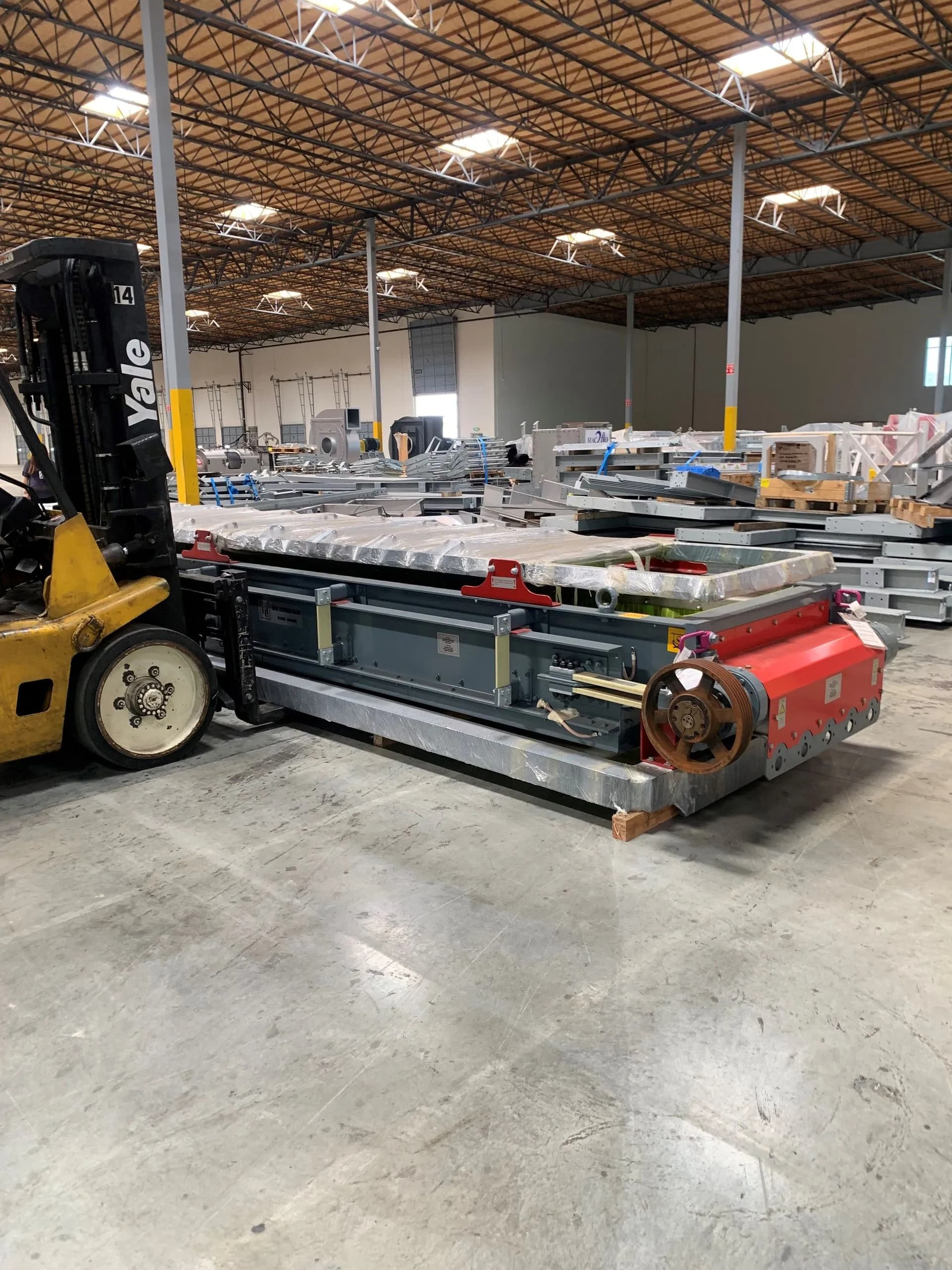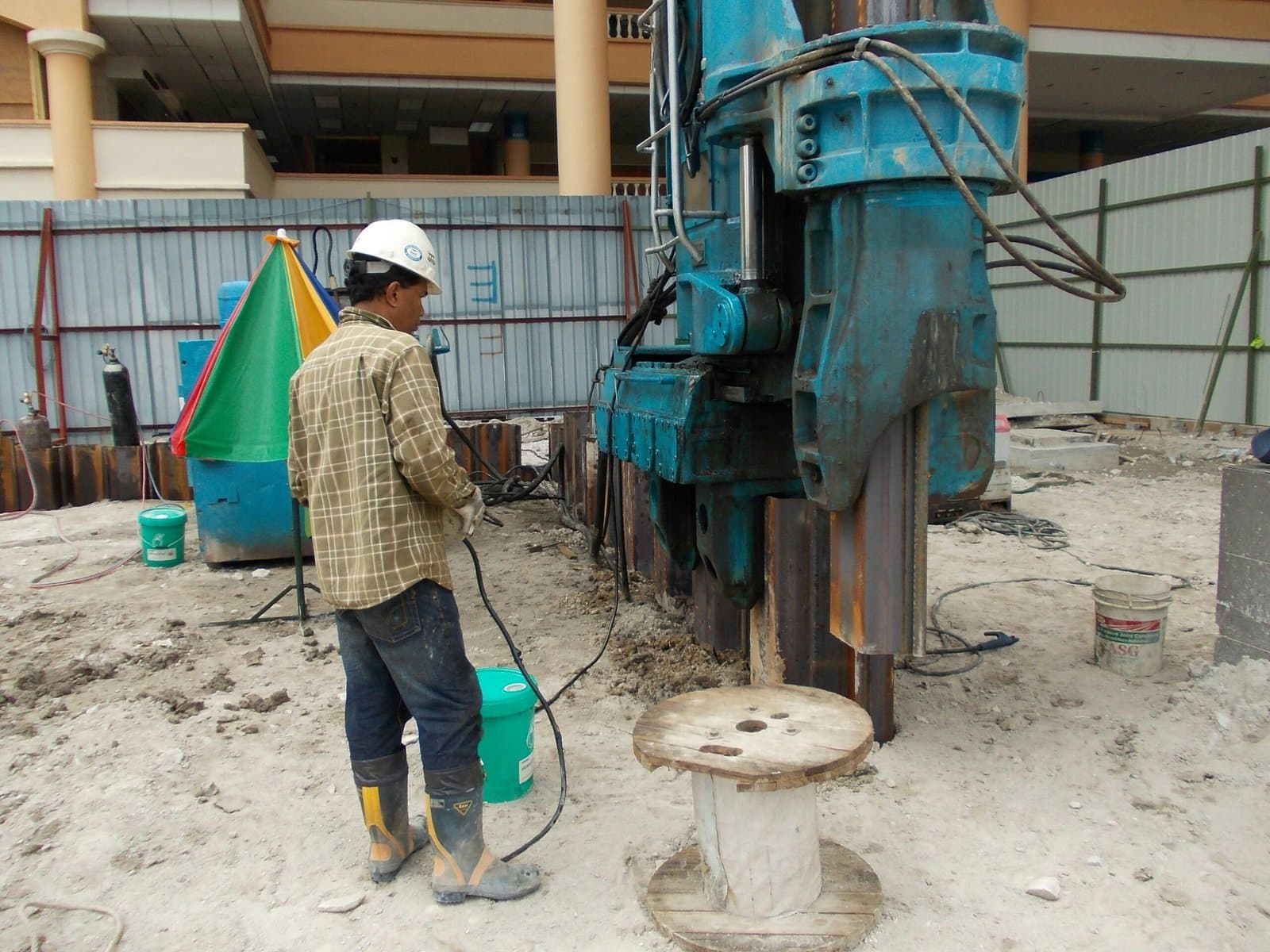Relocating an Industrial Plant: Challenges, Strategies, and Success

Relocating an industrial plant is one of the most complex and challenging undertakings in the business world. Unlike moving a small office or even a warehouse, relocating an entire plant involves an intricate orchestration of logistics, planning, and execution. Whether the move is driven by the need for expansion, cost reduction, or proximity to resources and markets, the process requires meticulous attention to detail to ensure the relocation succeeds and minimizes downtime.
In this blog, we’ll explore the critical challenges of relocating an industrial plant, outline essential strategies for planning and execution, and provide practical tips to ensure a smooth transition.
Challenges of Industrial Plant Relocation
Scale and Complexity
- Overview: The sheer size and complexity of industrial plants present significant challenges. Plants often consist of large machinery, intricate production lines, and delicate equipment that must be carefully dismantled, transported, and reassembled.
- Impact: Mismanaging this complexity can lead to equipment damage, production delays, and costly repairs, making it crucial to have a well-organized plan.
Downtime and Production Loss
- Overview: Any disruption in production can have a significant financial impact, especially if the plant plays a critical role in the supply chain. Minimizing downtime is essential to maintain customer commitments and revenue flow.
- Impact: Prolonged downtime can result in lost contracts, damaged relationships, and a tarnished reputation, making it necessary to plan the timeline of the move carefully.
Regulatory and Compliance Issues
- Overview: Different locations have varying regulations regarding environmental impact, safety standards, and zoning laws. Compliance with these regulations is non-negotiable and often requires obtaining new permits and certifications.
- Impact: Non-compliance can lead to legal complications, fines, and delays in starting operations at the new location.
Coordination of Multiple Teams
- Overview: A successful plant relocation involves coordinating multiple teams, including engineering, logistics, safety, and operations. Each team must work together seamlessly to ensure the move is executed efficiently.
- Impact: Poor communication or lack of coordination can lead to errors, delays, and increased costs, highlighting the importance of clear leadership and project management.
Strategies for Successful Plant Relocation
Comprehensive Planning and Risk Assessment
- Overview: The foundation of any successful relocation is a detailed plan outlining every moving aspect. This includes a timeline, budget, and risk assessment to identify potential challenges and develop mitigation strategies.
- Key Actions:
- Conduct a thorough site survey of the new location.
- Develop a detailed inventory of all equipment and assets.
- Create a risk management plan to address potential equipment damage or unexpected delays.
Engage Experienced Professionals
- Overview: Relocating an industrial plant is not a job for amateurs. Engaging professionals specializing in industrial relocations is crucial for ensuring the move is executed efficiently and safely.
- Key Actions:
- Hire experienced engineers to oversee the dismantling and reassembly of machinery.
- Work with logistics experts to manage the transportation of heavy and delicate equipment.
- Consult with legal experts to ensure compliance with all local regulations and permits.
Phased Relocation Approach
- Overview: Consider a phased approach instead of relocating the entire plant at once. This involves moving different plant sections in stages, allowing production to continue in the existing location while the new site is being set up.
- Key Actions:
- Develop a phased timeline that prioritizes critical equipment and production lines.
- Set up temporary production capabilities if necessary to avoid significant downtime.
- Monitor progress closely and adjust the plan as needed to ensure smooth transitions.
Effective Communication and Change Management
- Overview: Clear communication with all stakeholders, including employees, customers, and suppliers, is essential to manage expectations and ensure a smooth transition. A change management strategy can help address concerns and keep everyone informed.
- Key Actions:
- Regularly update employees on the progress of relocation and how it will affect their roles.
- Inform customers and suppliers of the relocation timeline to manage expectations.
- Provide training and support to employees at the new location to ensure a smooth transition.
Technology and Automation Integration
- Overview: Plant relocation presents an opportunity to upgrade technology and integrate automation to enhance efficiency and productivity at the new location.
- Key Actions:
- Assess the current technology and identify areas for improvement.
- Integrate automation and digital systems into the new plant layout.
- Ensure that all equipment is tested and fully operational before resuming total production.
Success Tips for a Smooth Transition
Maintain Flexibility
- Overview: Despite the best planning, unexpected challenges may arise. Maintaining flexibility in the plan allows for quick adjustments and problem-solving.
- Tip: Build buffer time into the relocation schedule to accommodate unforeseen delays or issues.
Prioritize Safety
- Overview: Safety should be a top priority throughout the relocation process. This includes ensuring that all equipment is moved and reassembled according to safety standards and that employees are protected.
- Tip: Conduct regular safety audits and provide ongoing training to employees involved in the relocation.
Document the Process
- Overview: Thorough documentation of the relocation process can serve as a valuable resource for future moves or audits. This includes maintaining records of all decisions, permits, and any issues encountered during the move.
- Tip: Create a detailed relocation report with lessons learned and recommendations for future relocations.
Post-Move Evaluation
- Overview: Once the relocation is complete, evaluate the process to identify what worked well and could be improved. This evaluation will provide insights for future relocations and help fine-tune operations at the new location.
- Tip: Conduct a post-move review with all key stakeholders to gather feedback and identify areas for improvement.
Relocating an industrial plant is a monumental task that requires careful planning, coordination, and execution. By understanding the challenges, implementing effective strategies, and following best practices, companies can minimize downtime, reduce risks, and ensure a successful move. With the right approach, a plant relocation can also present opportunities for growth, modernization, and increased efficiency, setting the stage for future success.
Whether your company is relocating for expansion, cost savings, or strategic reasons, approaching the move with a well-thought-out plan and the right team will ensure the transition is as smooth and successful as possible.
Newsletter
Don't miss a thing!
Sign up to receive daily news
Recent Posts

august 30, 2025
Decommissioning a Facility: How to Turn It into a Profitable Venture

august 25, 2025
Hydraulic Press Maintenance 101

august 18, 2025
Rigging Machinery: The Challenge of Moving and Installing Outdated vs. Modern Equipment

august 16, 2025
Conveyor System Maintenance: 5 Early Warning Signs of Failure

august 14, 2025
Predictive Maintenance: The Smarter Alternative to Costly Reactive Repairs

august 11, 2025